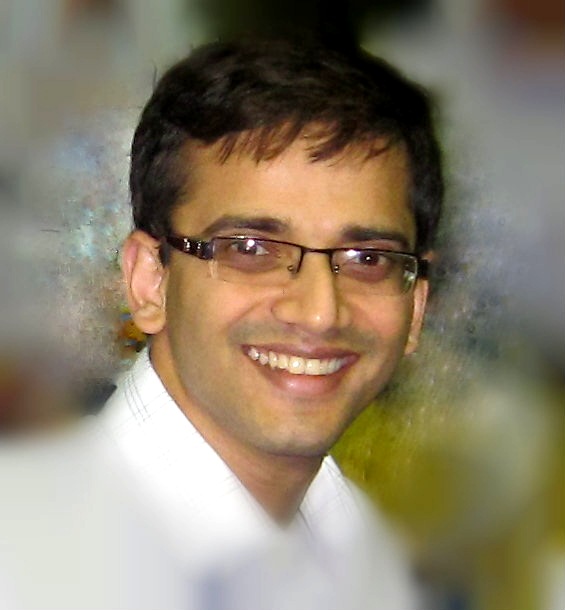Program Information
Characterization of An Imaging-Based Model of Tumor Angiogenesis
V Adhikarla1*, R Jeraj2 , (1),(2) University of Wisconsin, Madison, WI
Presentations
WE-E-17A-1 Wednesday 1:45PM - 3:45PM Room: 17APurpose:
Understanding the transient dynamics of tumor oxygenation is important when evaluating tumor-vasculature response to anti-angiogenic therapies. An imaging-based tumor-vasculature model was used to elucidate factors that affect these dynamics.
Methods:
Tumor growth depends on its doubling time (Td). Hypoxia increases pro-angiogenic factor (VEGF) concentration which is modeled to reduce vessel perfusion, attributing to its effect of increasing vascular permeability. Perfused vessel recruitment depends on the existing perfused vasculature, VEGF concentration and maximum VEGF concentration (VEGFmax) for vessel dysfunction. A convolution-based algorithm couples the tumor to the normal tissue vessel density (VD-nt). The parameters are benchmarked to published pre-clinical data and a sensitivity study evaluating the changes in the peak and time to peak tumor oxygenation characterizes them. The model is used to simulate changes in hypoxia and proliferation PET imaging data obtained using [Cu-61]Cu-ATSM and [F-18]FLT respectively.
Results:
Td and VD-nt were found to be the most influential on peak tumor pO2 while VEGFmax was marginally influential. A +20 % change in Td, VD-nt and VEGFmax resulted in +50%, +25% and +5% increase in peak pO2. In contrast, Td was the most influential on the time to peak oxygenation with VD-nt and VEGFmax playing marginal roles. A +20% change in Td, VD-nt and VEGFmax increased the time to peak pO2 by +50%, +5% and +0%. A -20% change in the above parameters resulted in comparable decreases in the peak and time to peak pO2. Model application to the PET data was able to demonstrate the voxel-specific changes in hypoxia of the imaged tumor.
Conclusion:
Tumor-specific doubling time and vessel density are important parameters to be considered when evaluating hypoxia transients. While the current model simulates the oxygen dynamics of an untreated tumor, incorporation of therapeutic effects can make the model a potent tool for analyzing anti-angiogenic therapies.
Contact Email:


